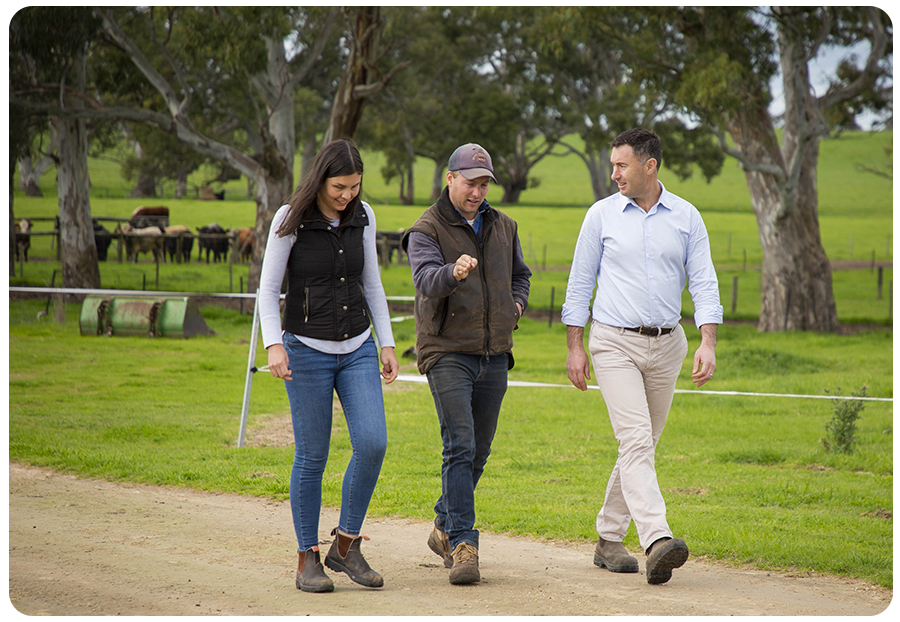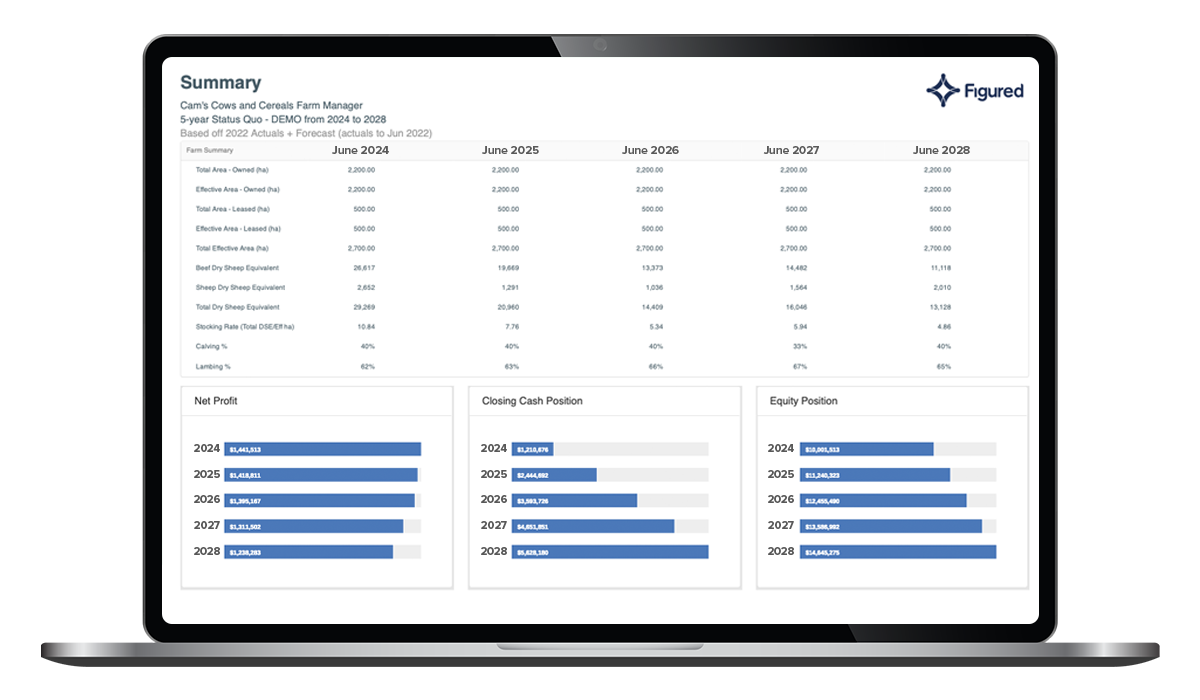How agri accountants are preparing farmers for El Niño
Farmers are in need of your help to plan more than ever before.
With the Bureau of Meteorology (BOM) releasing their severe weather long-range forecast and El Niño being officially declared, alongside some pretty strongly-worded commentary and advice about the summer as a whole, there is a clear need for farmers to have updated plans.
Farmers have faced the impacts of many downturns before, but what they are less aware of is how these volatile conditions relate to their operation financially, and need your help to do so.
Today’s environment requires a new approach to planning.
“The concept of creating the year-in-year-out model is redundant. In a climate of enhanced volatility, the ability to both anticipate and respond to changes is the direction we need to take: the ability to pivot, to accelerate when the opportunity presents and to retreat just as quickly.” Mark Morton, Agribusiness Concepts
Mark Morton, Agribusiness Concepts
We know you're under pressure to do more.
Events like El Niño require a response at scale, but the specialised nature of agri accounting means that scale cannot be achieved through combining spreadsheets with your cloud accounting platform.
Experienced firms that deliver services at scale are leveraging the specialist tools that allow them to do so.

How are firms successfully planning for El Niño at scale?
By using specialist technology built for the very specific demands of agri accounting services, so you can:
- Deliver individual plans that model various scenarios for your farmers across your portfolio.
- Easily anticipate areas of concern and model the impact of potential decisions.
- Respond and pivot to changes when you need to.

Modelling the impact of El Niño for all your clients with Figured’s Scenario Planning tool.
In Figured's Farm Reporter you have the Scenario Planning tool to model these exact situations, and we’ve built assumptions and numbers to use so you can easily do this at scale and start the conversations you need to.
View our El Niño scenarios
To give you a head start, we’ve provided an indicative view of what the El Niño summer might look like for your farmers.
Learn about Scenario Planning on Figured
If you’re not familiar with using Farm Reporter for Scenario Planning, you can find out more here or book a chat and we'll show you how it works.
Figured's El Niño summer assumptions
Moderate scenario
- 10-20% reduction in milk production depending on the region and likelihood of dry conditions (Dairy farms)
- 10- 20% reduction in Livestock sales/income with softening lamb and meat prices, weight gain reductions with dry conditions (Livestock)
- 20-30% increase in feed costs
- 5-10% increase in interest costs IF new debt is needed
Severe scenario
- 20% reduction in milk production depending on the region and likelihood of dry conditions (Dairy farms)
- 20-40% reduction in Livestock sales/income with softening lamb and meat prices, weight gain reductions with dry conditions (Livestock)
- 30-40% increase in feed costs
- 5-10% increase in interest costs IF new debt is needed
Please reach out if you'd like to learn more or need any assistance in setting these Scenarios up on Figured.
View other detailed assumptions you can consider modelling:
Reduction in Pasture Growth:
Assumption: During a moderate drought, pasture growth might decrease by approximately 30-50%.
Impact: Reduced pasture growth leads to lower feed availability for livestock, impacting milk and meat production.
Milk Production Decline (Dairy Farms):
Assumption: Dairy farms may experience a 10-20% reduction in milk production during a moderate drought.
Impact: Reduced milk production directly affects revenue and income.
Weight Gain Reduction (Livestock Farms):
Assumption: Livestock farms may see a 10-20% reduction in weight gain during a moderate drought.
Impact: Slower weight gain can lead to longer feeding periods and increased expenses.
Increased Feed Costs:
Assumption: Feeding costs may rise by 20-30% due to the need for supplementary feeding during a drought.
Impact: Higher feed expenses which could become really pinched if we experience feed shortages especially in drier areas
Increased Water Costs:
Assumption: Water costs may increase by 10-20% as farms need to secure additional water sources or implement irrigation during droughts.
Impact: Higher water expenses add to overall operational costs.
Animal Health Expenses:
Assumption: Veterinary and treatment costs may increase by 10-15% due to higher disease prevalence during drought.
Debt and Interest Costs:
Assumption: Farmers may need to take on additional debt, leading to a 5-10% increase in interest costs. With interest rates continuing to increase slowly and no immediate relief in sight, this will continue to hurt farm budgets